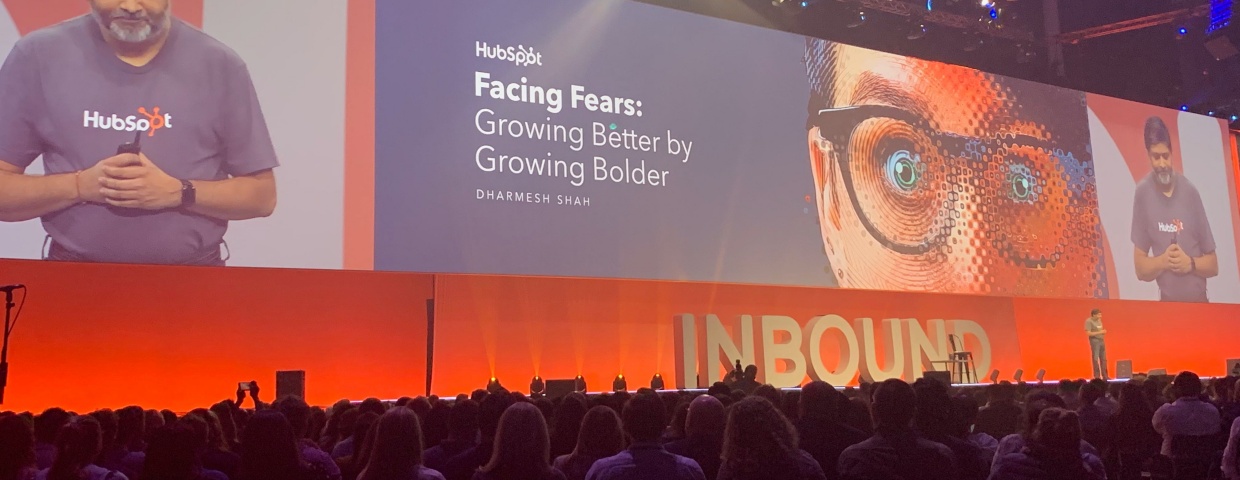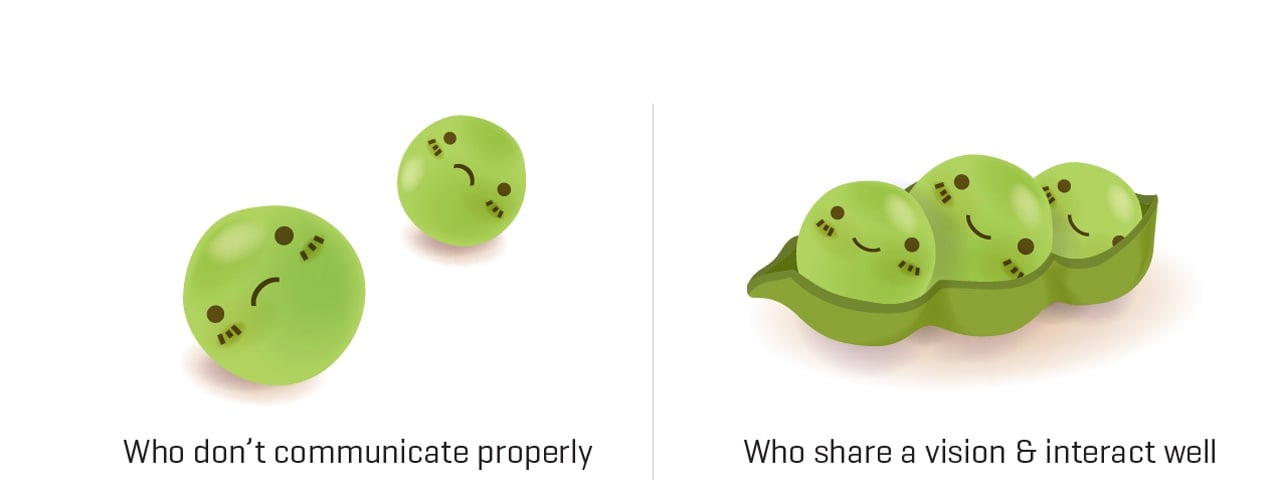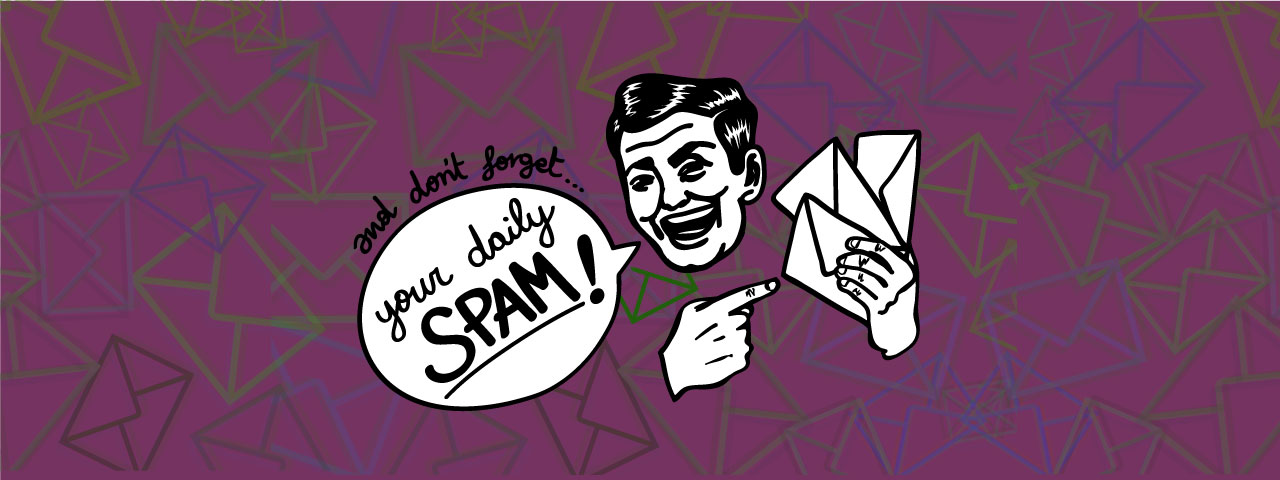As web designers, your focus can't remain strictly on aesthetics. Functionality must be the framework of whatever you produce. If you can't get your audience to do what you intended them to do, you need to go back to the drawing board. By the way, you should expect to go back to the drawing board, but have a plan! In order to understand how to improve your site layout and your design, you'll need data, and that's where heat maps and other user activity tracking tools can come in handy.
Inbound Marketing Blog
#1: Build a Customer Portal Using HubSpot CMS
Has your customer success team been looking for ways to improve the customer experience at your company? Between HubSpot's free CRM (Customer Relationship Management tool) and its sales, marketing, and service platforms, it could be the tool you've been looking for to take your customer experience to the next level.
See what I did there? The 5 C's of selecting photos for your site... now that they're all C's, you'll all remember them better!
I can't stress enough the importance of beginning with good content. From a design perspective, so much of the impression your online presence leaves on users depends on the imagery you select and how you use it. More often than not, clients come to us with little to no imagery for their web project. Even when they do, the odds of it being good imagery are pretty slim. Needless to say, I spend a lot of my time scouring stock photography sites searching for fantastic imagery to bring all the elements of a web masterpiece together.
Whether you're searching for imagery as a client or on behalf of a client, here are a few items to keep in mind:
Is it crisp?
As most account managers will tell you, it's never fun to wonder if you're doing a good job at meeting client expectations. It's not that we, as account managers, feel like we're doing a BAD job. It's that it's often difficult to understand the preferences and personalities of each individual client. While one client may be quick to respond to emails, another might not have answered an email in months because they just trust you to help them meet their goals.
Last week, some of the Tribute team attended INBOUND, an annual conference in Boston filled with actionable education, endless inspiration, human connections and amazing keynote speakers. After those four and a half days of straight learning (and a bit of fun), we left Boston with over 32 pages of notes on how we could improve our client marketing strategies as well as our client experiences.
As we’re sharing these visions with the rest of our team and our clients, we wanted to touch on a few of the major takeaways that can be useful for everyone.
I recently read an article on 'bad' clients and the 'bad' attitudes of agencies. In reading it, I was reminded of a poignant fact that clients who are willing to pay for the expertise to solve important business challenges are often in a struggle to get a foothold in their market and increase ROI.
They can be difficult to deal with on any number of factors, but our job is to approach such clients with compassion and understanding, and in the end, to help them.
The fold. If you're a web developer, you've heard it mentioned plenty of times. Often, a client will throw the word out, having heard it somewhere in a designy context and wanting to see if it makes them sound informed. What does it mean and does it apply to web design here in 2015?
You would think the response is quick and simple, but this is a very complicated, very debated topic. Go ahead and Google it! If you do, you'll see there is a pretty even split of people who are for and against designing with the fold in mind.
Web forms on your website can be very helpful tools. They can be used to gather data about potential customers or give current customers a convenient option to ask for help. On the other hand, they can be the source of some inconveniences as well. Spam is an ever-increasing problem, and having web forms on your site is an invitation to spammers everywhere to fill your inboxes with garbage.
What is a Spambot?
A spambot is an automated computer program designed to assist in the sending of spam emails or populate website forms. These programs continue to get more intelligent and now people have become a big part of spamming in recent years. Where there is cheap labor, people can be hired at an extremely low cost to do nothing but fill out forms and send emails.
Having a personality in business is a challenge that every company has to face. People aren't only interested in products or services; they are interested in confirmation and assurance. Confirmation that they made the right choice in choosing your business, and assurance that they are in good hands.
One struggle with business is that it can often feel too much like well... business. I have noticed that people would often rather have a good time in both work and social settings.
As a social media marketing manager, I had the opportunity to interact with customers on a daily basis. I never saw a single customer face-to-face, so one could assume that I didn't have much a relationship with the customers. But, I had both unique and great interactions with practically everyone I talked to.



![How to Achieve Client Delight [With Examples]](https://www.tributemedia.com/hubfs/Images/Blog%20Images/happy%20customer%20survey%20(1).jpg)







